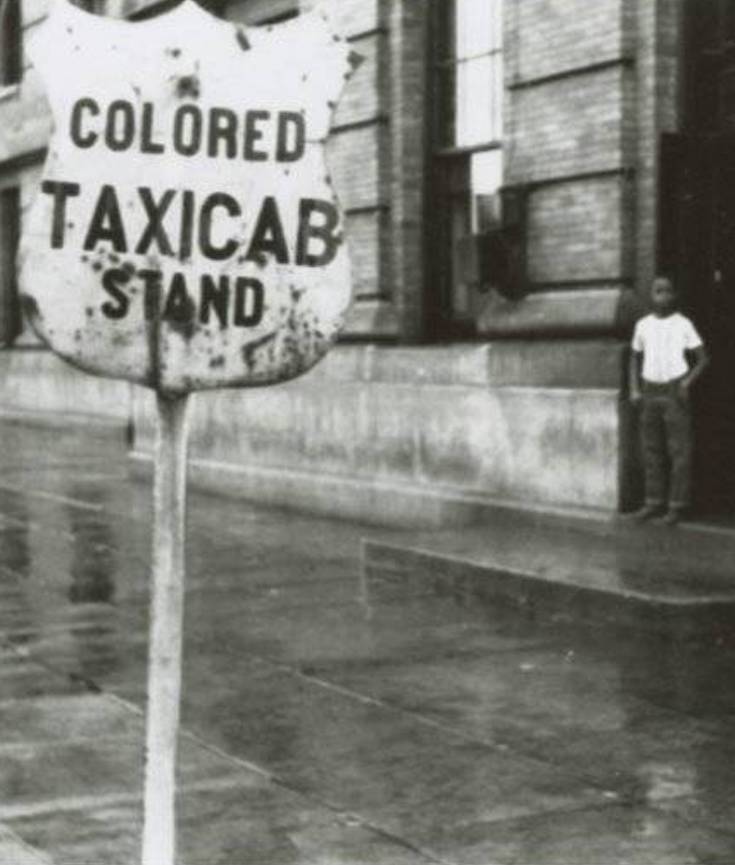[dropcap]Barack[/dropcap] Obama, Oprah Winfrey, and Condoleezza Rice are just some of the names that Americans tend to offer when suggesting that the United States is long past the days of Jim Crow. While such a suggestion is certainly debatable and in many ways demonstrably untrue, what isn’t debatable is the fact that simply in terms of time, Jim Crow is not that far removed from the present day. [mc4wp_form id=”6042″]
In reality, some of the last of the major legal restrictions on African-Americans were torn down less than just 50 years ago with the Civil Rights Act of 1968, which disallowed racial discrimination in terms of housing opportunities. The landmark Voting Right Act of 1965, which did away with most racial discrimination at the polls, came just a few years earlier, as did the Civil Rights Act of 1964.
But for nearly a century before those three acts were passed, the Jim Crow era of racial segregation in America reigned supreme.
 Gordon Parks/Getty Images | Credit
Gordon Parks/Getty Images | Credit
NATIONAL MUSEUM OF AFRICAN AMERICAN HISTORY & CULTURE | WASHINGTON, DC
The National Museum of African American History and Culture is the only national museum devoted exclusively to the documentation of African American life, history, and culture. It was established by Act of Congress in 2003, following decades of efforts to promote and highlight the contributions of African Americans. To date, the Museum has collected more than 36,000 artifacts and nearly 100,000 individuals have become charter members. The Museum opened to the public on September 24, 2016, as the 19th and newest museum of the Smithsonian Institution. (Website).









You must be logged in to post a comment.